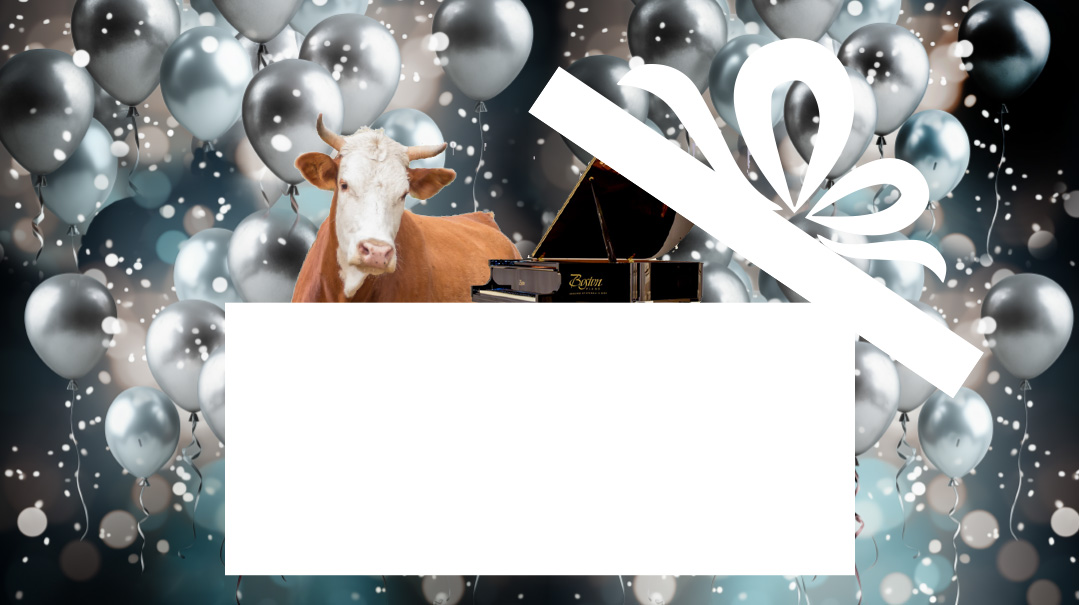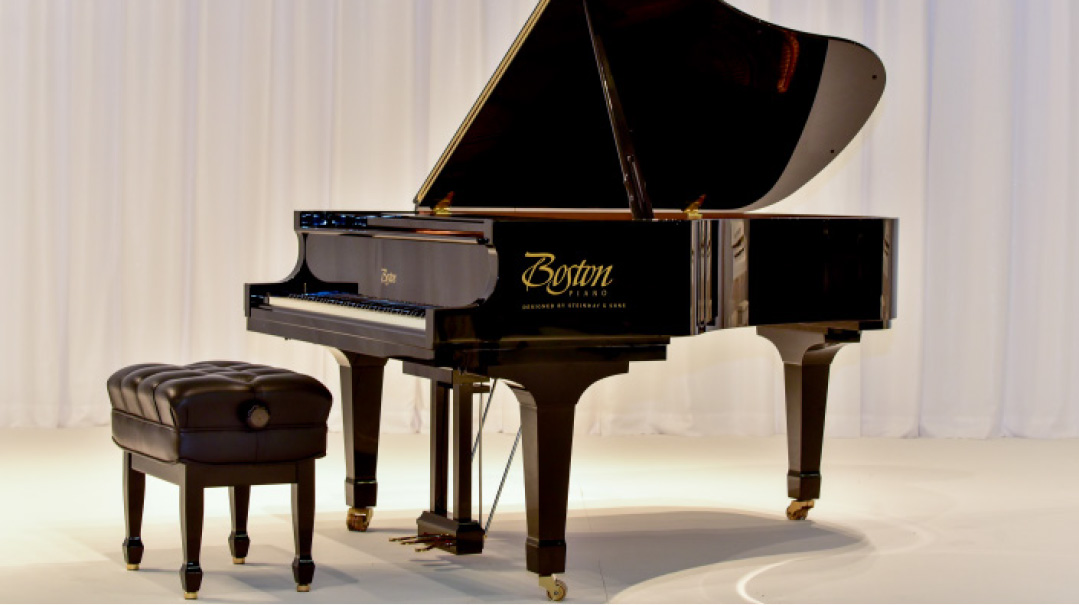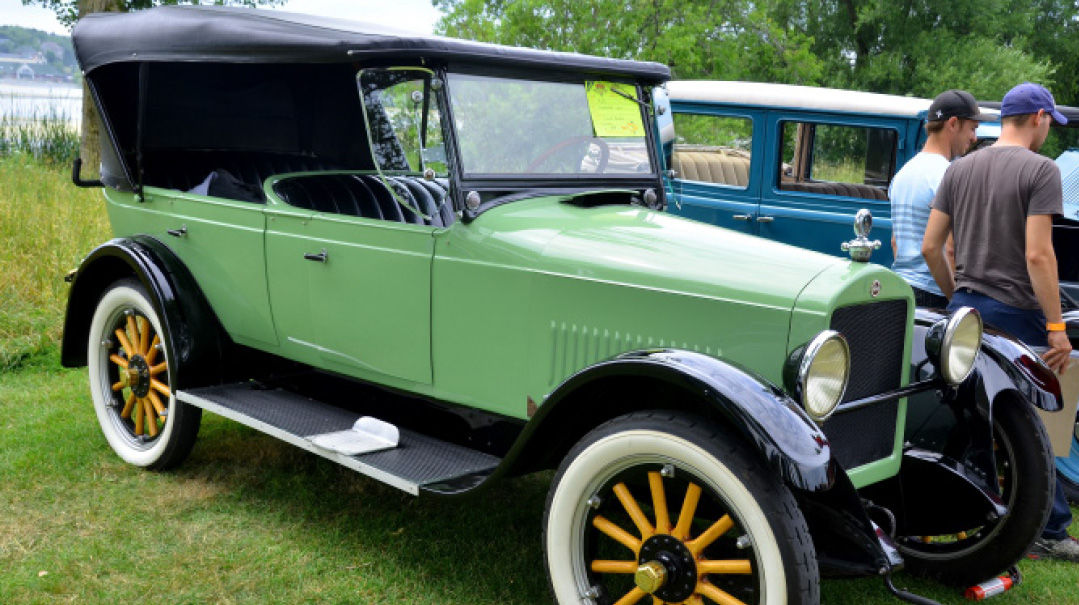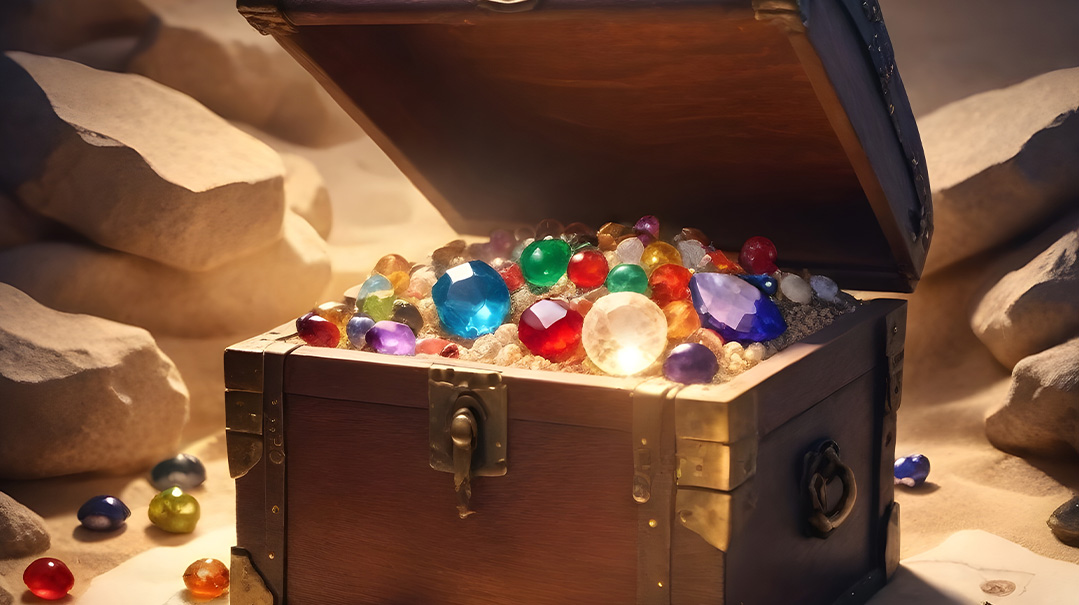What’s $1,000 Worth?

$1,000 used to take you much further than it does today

HAPPY #1,000!
It’s 1,000 weeks of bringing an awesome magazine to the world’s greatest kids!
I mean, there’s big and then there’s, well, big.
And 1,000 is big.
It’s huge.
Ginormous.
You can do anything with 1,000 of something — except when you can’t.
Did you know that 69 percent of Americans have less than $1,000 in their savings account? That is awful financial budgeting. Sure, it’s great to have $1,000. But imagine one day, while that person is clearing the table, he trips over the open dishwasher door and breaks it! That could wipe out all of his savings. And what if the oven breaks next?
The truth is, while it’s a nice round sum, $1,000 used to be able to take you much further than it does today. Well, actually, it might have taken you further in terms of travel, e.g., a round trip ticket to Eretz Yisrael (come say hi)!
Or a whole summer in camp, a dozen years ago, with friends and fun.
But when it comes to purchasing big-ticket items, you might want to take that cash and travel back to 1900, when $1000 could buy you three pounds of gold! That’s right, a pound. Back in 1972, gold was selling for around $65 an ounce, or around $1,000 for a pound. It had gone up from $20 an ounce in year 1899, which is a term we’ve gotten very friendly with lately: inflation. Nowadays, just one ounce is $2,000.
Now if you’re a farmsy kinda kid, you should pocket that $1,000 and head back 100 years, when you could buy an entire herd of cattle for the neat sum. Yup, you could be a cowboy. Every kid’s dream! Today, cattle are incredibly valuable, going for $1,300 per cow at auction. But according to the US Department of Agriculture’s historic data, cattle averaged just $28 a head at the turn of the century. You could even have a small herd of ten for $1,000 up until the end of World War II, but after that, America’s love of fast food made beef more expensive.
We all know that higher education isn’t all it’s cracked up to be. But only 65 years ago, the $50,000 a year tuition was a fraction of the price — at a little over $1,000 for a year at Harvard. Now, if they could only manage to actually educate people for that price, it would be money well spent!

Are you musical? Well, don’t buy a Steinway Model B grand piano, the famed company’s third largest piano. Not unless you have $100,000 just burning a hole in your pocket. (If you do, I know some great chesed organizations you can contact.) At the turn of the 20th century, the world’s best seven-foot piano cost only $1,000. Adjusting for inflation, that’s only around $36,000 today. That’s a pretty good investment, since they tend to last indefinitely.
“The best investment on earth is earth.” Well, from 1908 to 1940, Sears department store sold build-your-own-house kits. Yup, like build-a-bear, only you could live inside your purchase afterward. There were several models, ranging from small cottages to sprawling five-bedroom manses. The retailer would ship the frame, building materials like lumber, hardware, and even painting materials, directly to consumers. Between 1911 and 1933, Sears also offered home mortgages.
According to the Sears archives, the Greenview home — a four-bedroom house ideal for “suburb or farm” — could be bought for just $443 to $1,462 between 1915 and 1920. The median price for a home in the US today is over $350,000. Adjusted for inflation, the median price of a home 100 years ago would’ve been a little over $19,600.

And for the fashionistas out there, did you know that in 1955, a designer flap bag cost $220? So you could purchase four bags for $1,000 and still have some change left over for a soda pop. Today, that same fashionable handbag is more than $10,000. So with a thousand dollars you could buy, uh, a tenth of a bag? Year 1955, here we come!
Around the same time, a mid-range car like the Studebaker Light Six cost you… yup, you guessed it, a thousand dollars! To put the Studebaker price into perspective for the times, a Rolls-Royce Silver Ghost cost around $12,000 back then, and a starter car like the Ford Model T could be had for $395.
Well, there you have it. If you had $1,000 back in the day, you’d be a wealthy person indeed. But I’d still rather be around today. After all, today we have things like Slurpees and Treeo magazine.
Just another reason to celebrate!
(Originally featured in Treeo, Issue 1000)
Oops! We could not locate your form.







